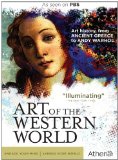| Reviews & Columns |
|
Reviews DVD TV on DVD Blu-ray 4K UHD International DVDs In Theaters Reviews by Studio Video Games Features Collector Series DVDs Easter Egg Database Interviews DVD Talk Radio Feature Articles Columns Anime Talk DVD Savant Horror DVDs The M.O.D. Squad Art House HD Talk Silent DVD
|
DVD Talk Forum |
|
|
| Resources |
|
DVD Price Search Customer Service #'s RCE Info Links |
|
Columns
|
|
|
Art of the Western World
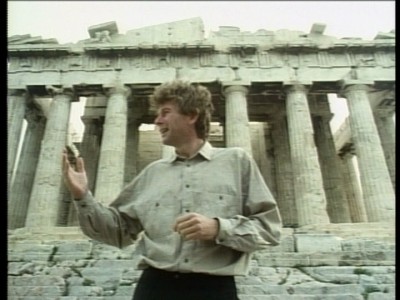
Like some great, immediately accessible, comprehensive art-history survey course, the documentary series Art of the Western World, first broadcast on American public television in 1989, offers a wide-ranging overview of Occidental painting, sculpture, and architecture (no cinema, unfortunately--there are those of us who consider that art!) from the first coalescence of classical ideals in Greek and Roman antiquity to the seemingly exhausted postmodernism of the late 1980s, hitting virtually every relevant point during the nearly 2500 or so years in between.
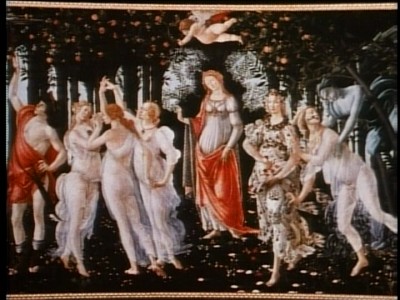
The series, hosted by renowned British historical expert Michael Wood, is divided over three discs into nine hour-long parts, each of which focuses on the artistic contributions of one period in the history of the West, whether the religious influence on art in medieval times through widespread pilgrimage and monasticism (episode 2, "A White Garment of Churches: Romanesque and Gothic Art"), the turn toward the artist as an individual and personal expression as the Enlightenment dawned (episode 6, "An Age of Reason, An Age of Passion"), or the troubled concurrences of modernism with the culture-shattering horror of World War I (episode 8, "Into the 20th Century"). Each episode contains in-depth segments wherein venerable specialists (usually a well-established scholar with extensive experience and knowledge of his or her subject) in the period or work under discussion steps in to give more detailed and lengthy introductions and explanations of an artist, their work, their technique, and/or the time and place that produced them. The series takes us out of the museum and into the original locales of Athens, Florence, Paris, etc. whenever possible; and it adopts a very pragmatic, syncretic approach overall, illuminating our understanding by giving us, in addition to a good, long look at the art itself, a solid idea of the influential historical, political, social, and even physical circumstances that gave rise to it. (It turns out, for example, that factors like weather, technological advancements, and simple availability of materials--not just inspiration and skill--have very often been decisive.)
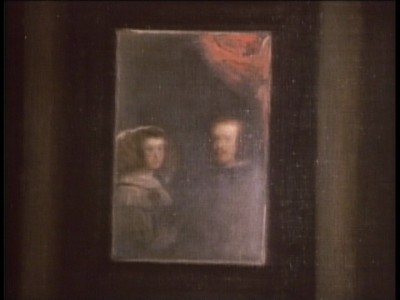
The best thing about Art of the Western World is the sheer, involved, contagious excitement about the topic that is evident at every level. If Wood and some of the academics involved veer off a bit into drama-queen territory at times as they perhaps somewhat floridly enthuse over this cathedral or that Picasso, it is all in service of making the art tangible and immediate for us, and some of the profs are comically entertaining personalities (intentionally or unintentionally) in their own right; everything is always kept moving engagingly, fascinatingly along for what amounts to a nine-hour journey through century upon century of the evolution(s) of style and technique, modes of thinking about art and artists, and the constant redefinition of what, exactly, makes a person an artist, and what makes an artist's work "art." The style of the show is hardly lavish or hip; this is, after all, a public-television documentary. But there is a surprising and pleasing amount of movement around and into the many sculptures and paintings under consideration, which are filmed in a way expressing so much enthrallment at what's being shot that the sequences displaying the art are frequently reminiscent (in content if not exactly in style) of that lengthy sequence at the end of Andrei Rublev where Tarkovsky cinematically immerses us in a great master's brilliant mural.
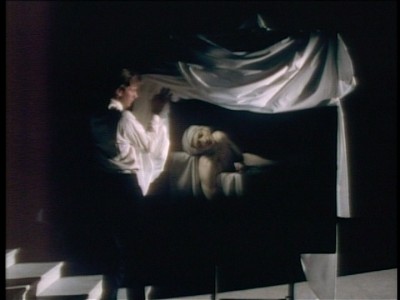
If there is a potential limitation to Art of the Western World, it is that it shows its age somewhat; not in its very '80s music soundtrack music and clothes/hairstyles on the commentators (which hardly matters), nor even in those years from 1989 to the present that, by necessity, go uncovered (a drop in the bucket relative to the series' vast scope), but rather in its existence as a televisual encyclopedia at a time when most people have access at the touch of a button (via Wikipedia, Google, and the like) to most of what the series has to show and tell us; a quick Web search would get you instantaneous access to any of that information. But that turns out not to be a drawback at all. Quite the opposite, in fact; if there is one thing we should know from our 'net-shortened attention spans, it is that access to information does not equal enlightenment, and that "information" and "being informed" are two sharply distinct concepts. Art of the Western World's pertinence and interest remains, not because it has any exclusive access to the facts and pictures it presents, but because it has a sensitivity to what they mean and organizes them in the way that best makes sense of the works of art, both individually and as part of the continuum of Western art and culture, for those of us with little or no art-history education. It offers a very high-quality semester's worth of involving, sound, and pleasurable exposure to an important subject for anyone concerned with their own cultural literacy, and that is more than anyone is ever guaranteed even by attending an actual classroom-based, tuition-paid course.
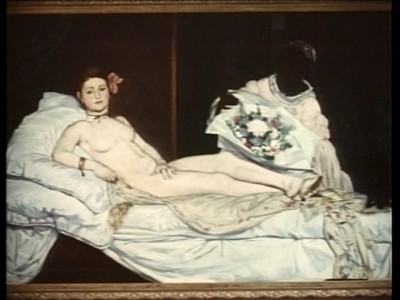
THE DVD:
The visual quality of Art of the Western World's source materials is somewhat rough by today's standards--shot on film, possibly 16 mm from the look of it, apparently often on the fly, and well before the high-definition-devoted era--but they and the disc's 4:3 aspect-ratio transfer adequately capture the particular public-television documentary aesthetic of the proceedings, and all of the artworks come through as vivid, striking, and generally conveyed with suitable fidelity for the series' educational purposes.
Sound:The Dolby Digital 2.0 soundtrack is more than sufficient for the sound quality of the program, which is strictly functional, '80s-TV mono. There are some limitations and flaws evident in the original audio, with some slight fuzziness to many of the voices recorded, but everything remains clearly intelligible and undistracting, and the soundtrack here certainly at least replicates, if it does not improve upon, what Art of the Western World would have sounded like when originally broadcast.Extras:
On-screen-text biographies of the most prominent artists (and Wood himself) are informative, but a little on the overly-selective side; of the dozens and dozens of artists whose work the series introduces us to, only about 10 are given the biographical treatment in this way, when surely the available biographical facts and space on the discs would have allowed for extending the same courtesy to some of the other fascinating figures we meet along the way.
More expansive and generous is the booklet accompanying the discs (a feature to which Athena Learning, Art of the Western World's distributor, usually pays special attention). Don't let the 17-page length fool you; it is packed with relevant supplementary info, including a Q&A with the series's producer; several mini-essays (e.g., "The Power of the Paris Salon") that offer yet more context and explanation for certain artworks and movements; a brief rundown of "Missing Masterpieces," great works now lost to history and therefore unable to be included in the series proper; and, last but certainly not least, an indispensable chronological timeline summing up for quick reference all the major artistic movements--their characteristics and key practitioners and works--of Western art from its origins through to the present.
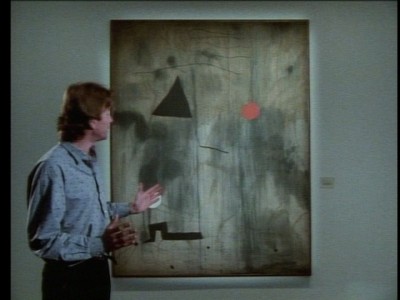
Realistically, nine hours is about the minimum one would want to set aside for a proper introduction to the 2,500-year history of Western art; it's about the amount of classroom time that would be involved in a nine-week life-enrichment art-history course at your local community college. But Art of the Western World manages it in the same amount of time, and with consistent dynamism and the direct input of multiple world-class experts, to boot. Whether you haven't thought about art through the ages since you were a freshman fulfilling a humanities requirement or have always loved "art" and have just been too busy or intimidated to give yourself the frame of reference that would allow you to more fully appreciate and enjoy it, Art of the Western World is a valuable resource--an inspiring, enriching look at a huge, compelling part of world cultural history, and an example of how purposeful and high-yield public television can be at its best. Highly Recommended.
|
| Popular Reviews |
| Sponsored Links |
|
|
| Sponsored Links |
|
|
| Release List | Reviews | Shop | Newsletter | Forum | DVD Giveaways | Blu-Ray | Advertise |
|
Copyright 2024 DVDTalk.com All Rights Reserved. Legal Info, Privacy Policy, Terms of Use,
Manage Preferences,
Your Privacy Choices | |||||||









